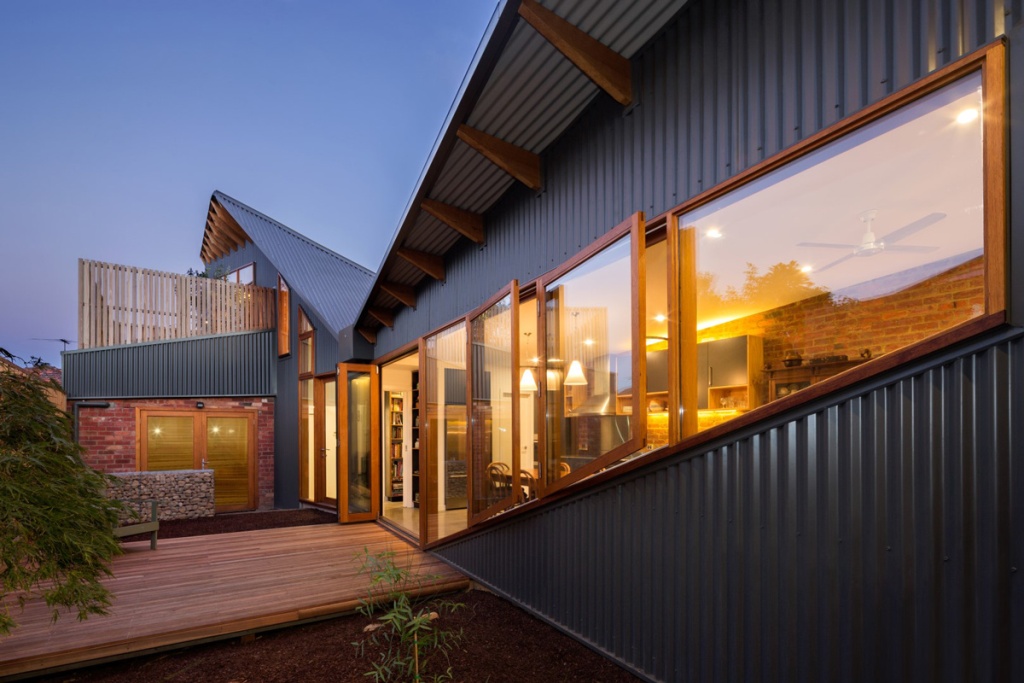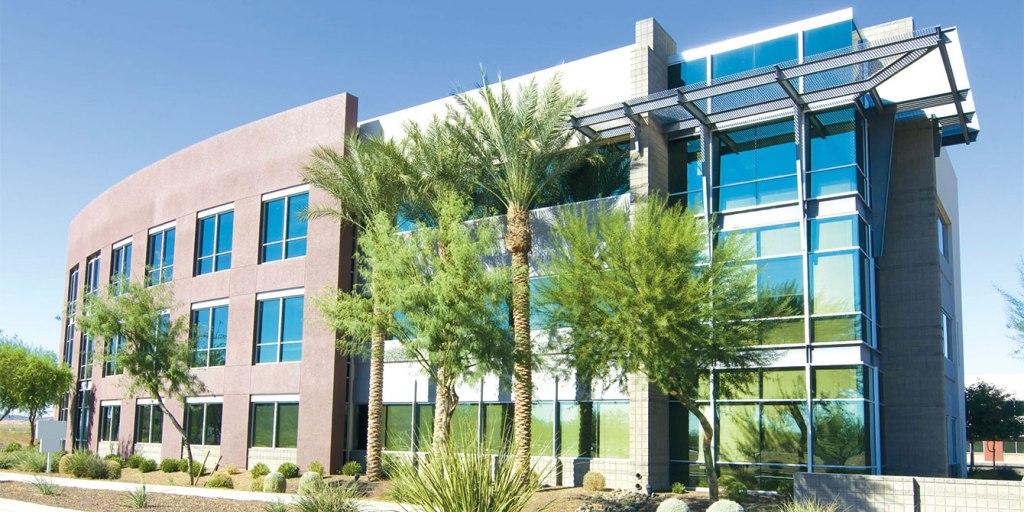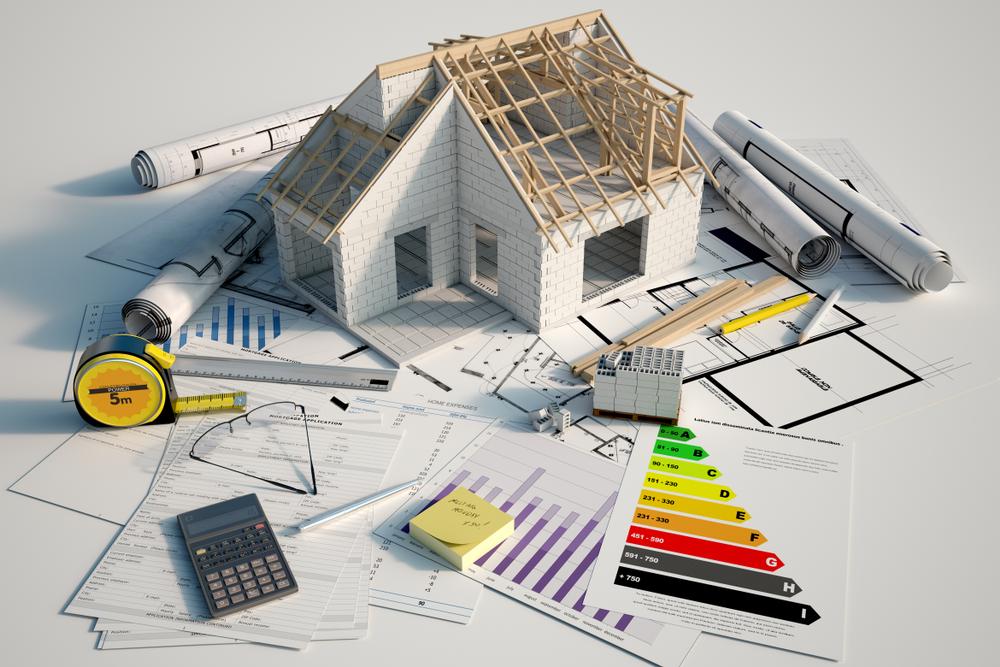As the Department of Energy’s (DOE’s) Zero Energy Ready Homes project continues to gain momentum, U.S. homeowners undertaking meaningful renovations are finding they need to take steps to ensure they take steps to ensure their homes will be operating with a zero-carbon footprint by 2050.
This deadline is two decades shorter for new buildings, which the Advancing Net Zero project has been set for 2030. It is even shorter for cities that have set their own deadlines. Chicago, for instance, has set a deadline for all city buildings to be using 100% renewable energy at least five years sooner than this, and for all buildings in Chicago to be using 100% renewable energy by 2035.
Chicago engineers know what’s involved in terms of zero energy ratings and what to do to ensure your building is, in fact, advancing net zero.

But even if you don’t live in Chicago, you can benefit from learning more about the Chicago Climate Action Plan.
Making Buildings Energy-Efficient
Whether building from scratch or undertaking home improvements, there are a number of proven ways to make buildings energy efficient. The Chicago Strategy 1 lists improved air quality and health, reduced energy costs, jobs, and water that is conserved, and adaptation as the key factors to reducing energy use in buildings.
More specifically, the strategy aims to reduce 30% of Chicago’s total greenhouse gas emissions by 2020, a target which is getting very close. Nevertheless, the aim has been to:
- Retrofit residential, commercial, and industrial buildingsso that they are not only energy-efficient but will also result in possible employment opportunities for locals.
- Encourage consumers to trade in older appliances.
- Conserve water.
- Update the City’s energy code.
- Establish new guidelines for building renovations.
- Cool buildings (or make buildings cool) using trees and green roof designs.
Those behind the initiative did the math and said that with more than one million residential units in the city, at least 80% of these would still be standing by 2020; and if just 40% of them could be retrofitted to reduce building energy consumption before this time, greenhouse gas emissions would reduce exponentially.

Other initiatives identified by the Chicago initiative relate to appliances, water, resources, government policies, and green building design. For instance:
- Appliances are important and they need to work for us. When you consider that air conditioners and refrigerators use close to a third of the electric energy in U.S. households, you will (or should) realize that it is vital to use appliances that are energy efficient. Even if you cannot afford to buy new appliances, you can probably swap out old ones via trade-in programs and replace them that way. This should be part and parcel of any renovation project.
- Water must be used wisely, not just because it is an infinite resource, but also because it is linked to power (as in energy). The City of Chicago’s water main replacement effort reportedly saves as much as 160 gallons of water every single day. If old buildings are retrofitted for energy efficiency, they will also improve water efficiency, which, in turn, will help to reduce greenhouse gas emissions.
- Chicago’s Energy Conservation Code is aligned with the latest international standards that aim to dramatically reduce greenhouse gas emissions. It’s been up to the City’s government to enforce these and in this way monitor and improve building efficiency. Whether you are renovating a small home or a large commercial or industrial building, it is essential to stick with this important code.
- Green roofs are a proven factor in terms of energy-efficiency and Chicago leads the U.S. in green roof construction. By planting on roofs, we can provide shade, improve insulation, and moderate roof temperatures. Chicago’s plan aims to have 6,000 green roofs by next year (2020).
You might think all of this is beyond your abilities, but if each of us was to do just a little, even by turning lights off when not in use and swapping to energy-efficient appliances, we could make a huge impact. Switching from incandescent to compact fluorescent light bulbs will also make an enormous difference.
You may not have the ability to turn your home into one that is zero energy ready just yet, but you can be sure that a good MEP engineering firm in Chicago, or one of the other cities committed to energy efficiency, will help you get there more quickly than you might imagine.
The challenge is real!
WRITTEN BY:
Michael Tobias is the founder and principal of New York Engineers, anInc 5000 Fastest Growing Company in America. He leads a team of 30+ mechanical, electrical, plumbing, and fire protection engineers from the company headquarters in New York City, and has led more than 1,000 projects in New York, New Jersey, Chicago, Pennsylvania, Connecticut, Florida, Maryland, and California, as well as Singapore and Malaysia. He is passionate about sustainability and is a LEED AP.






